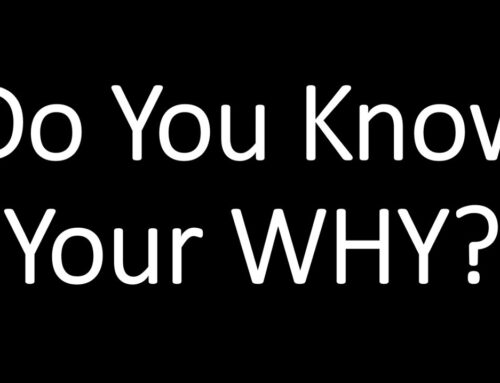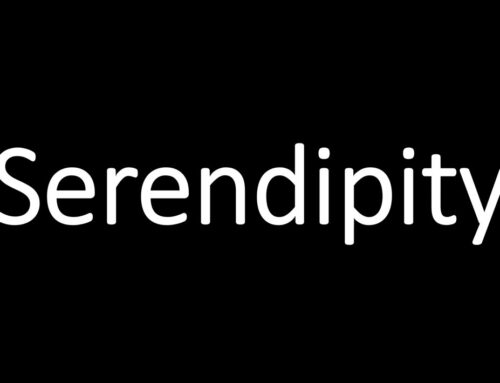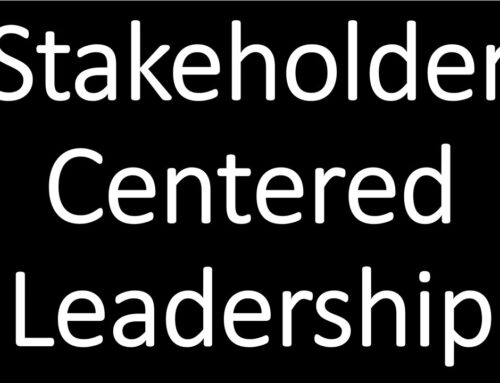Creative and Reactive Leadership
An expanding set of statistical data is available on two distinctly different types of leadership behaviors: creative and reactive. As a leadership coach I am blessed to witness how this distinction between creative and reactive has helped myself and many successful leaders. Pure Magic! The book Scaling Leadership reveals how effective leadership is highly positively correlated with creative tendencies and highly negatively correlated with reactive tendencies. The analysis shares how you can leverage the more than 100 million data points to discover and improve your one leadership growth edge. Curious? Read on!
Creative tendencies are “play to win.” Abundance mindset. Innovation happens here. For example connecting with others to achieve more or holding an abundance mindset or acting in integrity with your purpose. A useful example is my UK based friend Steven, originally from Uganda. He has planted tens of thousands of trees to roll back climate change. And he encourages the underprivileged to plant food crops to raise food crops between the trees. When you notice someone moving towards a purposeful goal larger than themselves, you can be sure they are in a creative flow, leveraging their prefrontal cortex or thinking brain.
Reactive tendencies, are “play not to lose.” Defensive. Scarcity mindset. Safety and fear driven, reactive tendencies are passed on to us by all the previous generations and our childhood which used them to simply survive. In our increasingly complex world reactive tendencies are frequently overused. Overuse often severely negatively impacts the performance and well-being of others, kills innovation and leads to poor business performance. Reactive tendencies originate from our reptile brain, or amygdala, the part of the brain responsible for fight, flight or freeze instincts. A part of the brain can be trained and which I am still learning to better control.
When you encounter scarcity mindset, you are experiencing the reactive. Drive, criticism, pleasing, and passivity are a few examples of reactive behaviors. When needed for the collective good, reactive tendencies become our true superpowers. And when overused, like driving with the brake pedal, these behaviors slow down all those around us and ultimately ourselves unnecessarily.
For example, companies striving for a “net zero” emissions target, may be trendsetters today. There is much to praise for reducing emissions. In the long run I believe that “net zero” may well be seen to be “play not to lose” strategy when compared with my friend from Uganda whose tree planting and feeding the underprivileged contributes far beyond “net zero.” One benefit I did not expect was that learning to manage my reactive delivers a large boost to my creative leadership.
Identifying with the help of others and when overused reactive tendencies emerge is so powerful, many of Switzerland’s most successful organizations, like Roche and Syngenta are leveraging this data to create leadership for a better world at scale.
Every successful leader always has behaviors which advance others. And every successful leader always has behaviors which hold others back. The challenge for many, especially myself, has been to differentiate when my reactive tendencies are useful and when they become harmful. Learning to step out of the control of my reptile brain makes me a better husband, father, friend and coworker.
Both creative and reactive behaviors are essential for leaders, just as both an accelerator and a brake pedal are essential for driving a car. No wise person would consider to drive a car without both an accelerator and a brake pedal. And so both reactive and creative tendencies are essential to leadership.
The challenge for myself and many is when we find ourselves driving with our foot continuously on the “reactive” brake pedal.
Long before leadership and neuroscience were discussed in the same breath, the great Peter Drucker wrote on this topic:
“We spend a lot of time teaching leaders what to do. We don’t spend enough time teaching leaders what to stop. Half the leaders I have met don’t need to learn what to do. They need to learn what to stop.”
Inspired by the work of Drucker, my mentor Marshall Goldsmith, working with over 100 CEO’s collected and distilled many of the reactive tendencies in a list of 20 ineffective habits of successful leaders, featured in his groundbreaking book What Got You Here, Won’t Get You There.
These reactive tendencies leverage the fear based amygdala or reptile brain necessary for our ancestors to survive. Today we face fewer existential dangers.
The challenge is that our reptile (or reactive) brains have evolved over thousands of years to override our thinking (or creative) brain. The good news is we can train our thinking brain to have a choiceover how the reptile brain runs us.
Fascinating are the highly negative correlations between creative and reactive tendencies of leaders. Insights available from 29 different creative and reactive behaviors are like an MRI. This data makes visible with precision which behavioral changes successful leaders can target to enable their team to deliver greater collaboration and performance. If you share my curiosity to find and share a better way to help successful leaders grow you can consider trying yourself of engaging a coach to accompany you through the 4 steps below.
The Good News
Never before have successful leaders been better able to choose to measurably improve their leadership. Measurably improving your leadership in the eyes of your coworkers is surprisingly simple, not easy. Thanks to technology and continuous improvement, this structured process was never as time efficient, fast and effective as today. The robustness of the process to deliver measurable results is so strong that many coaches even offer a “No growth, no pay” guarantee. Under this arrangement, coaching fees are only due upon the acknowledgement and recognition by those on the receiving end of leadership, the stakeholders who confirm in a mini-survey measurably improved leadership.
The simple, (not easy) process:
- Launch a 360 degree assessment and identify 1 or 2 leadership growth edges.
Quantifying your creative and reactive tendencies, combined with leveraging the statistical power of correlations between creative and reactive make finding your “one growth edge” more data driven than ever before. The self-assessment-only version of The Leadership Circle Assessment is shareware and available. - Engage coworkers to provide FeedForward suggestions
The best source of guidance is always coworkers or stakeholders. Stakeholders are those with whom we do the work. - Create and communicate a monthly action to implement the leadership improvements
We can act our way into a new way of thinking. On the other hand, trying to think ourselves into a new way of acting rarely works. A challenging step for many, including myself. I need the help of a coach. - Repeat monthly and measure results(example shared with permission)– acknowledged by stakeholders — several times over 12 to 18 months to confirm improvement.
Regular follow-up is the most important input to help successful leaders implement new behaviors. Based on tests with hyper-busy leaders, never before have better tools existed to help bring follow-up to life.
Simple. Not easy. Highly time efficient. And beneficial for collective stakeholders as well as for the leader.
Thank you for reading! Your comments and questions always appreciated.
Bill Zeeb and the infinitas team help successful leaders and teams to be recognized and acknowledged by their coworkers as measurably more effective in 12 months or less. Guaranteed. Bill’s passion is to find and share a better way to leadership growth leveraging the scientific method and a highly structured and highly time efficient process proven with hundreds of CEO’s. A US citizen, who has lived and worked in Europe since 1990, Bill loves skiing 100+ days in one season, competing in extreme triathlons (first ever podium Alpes d’Huez 2019) and working with leaders who are ready to do the hard work to achieve extreme leadership and business growth, to better serve their teams and become better ancestors.




